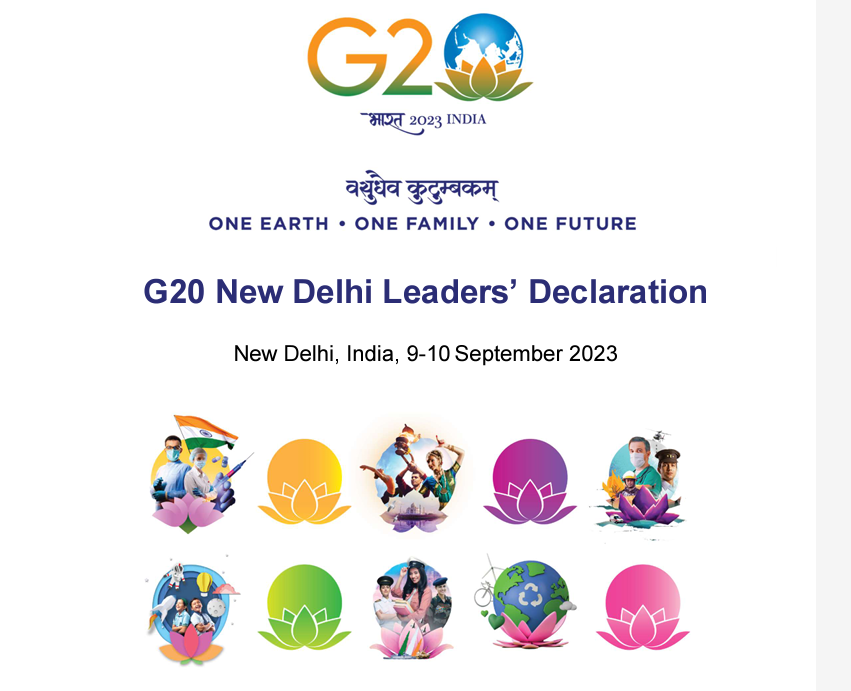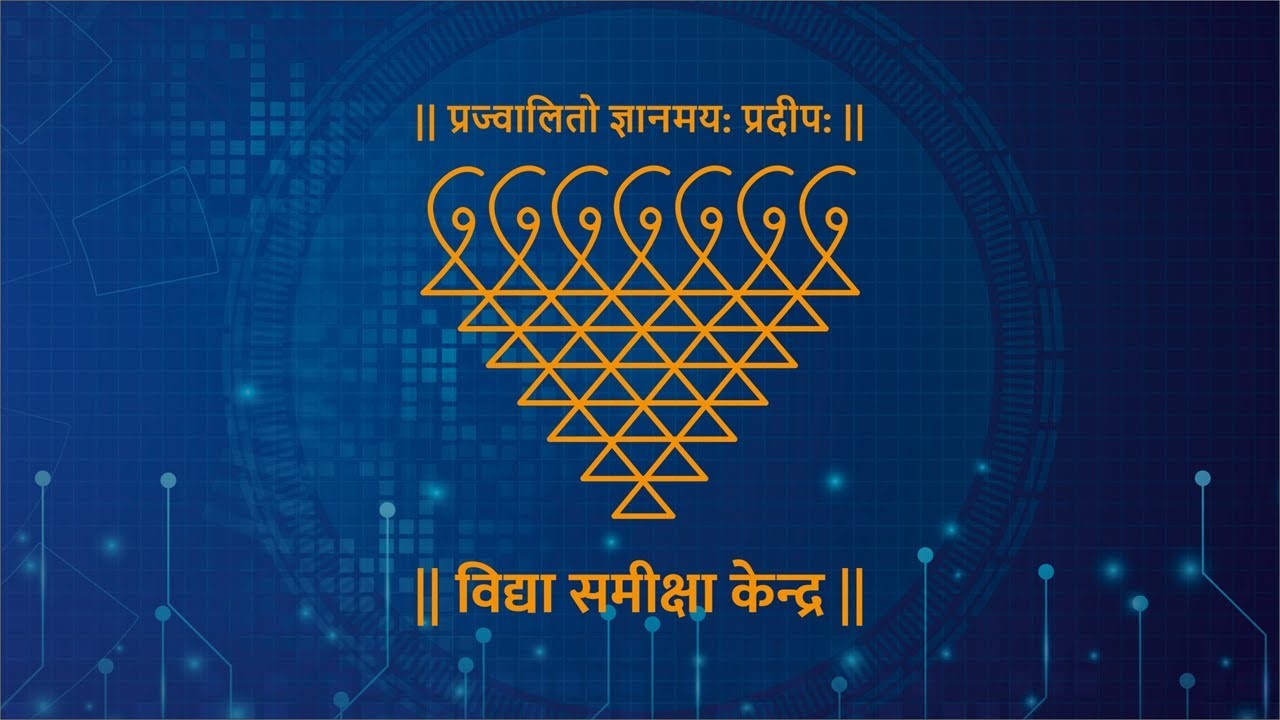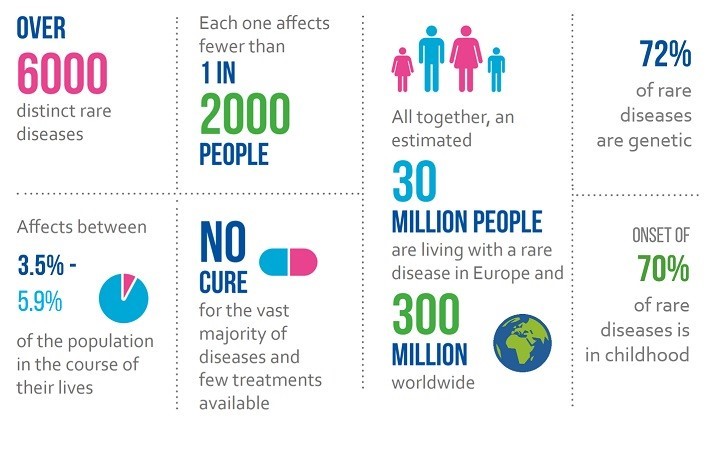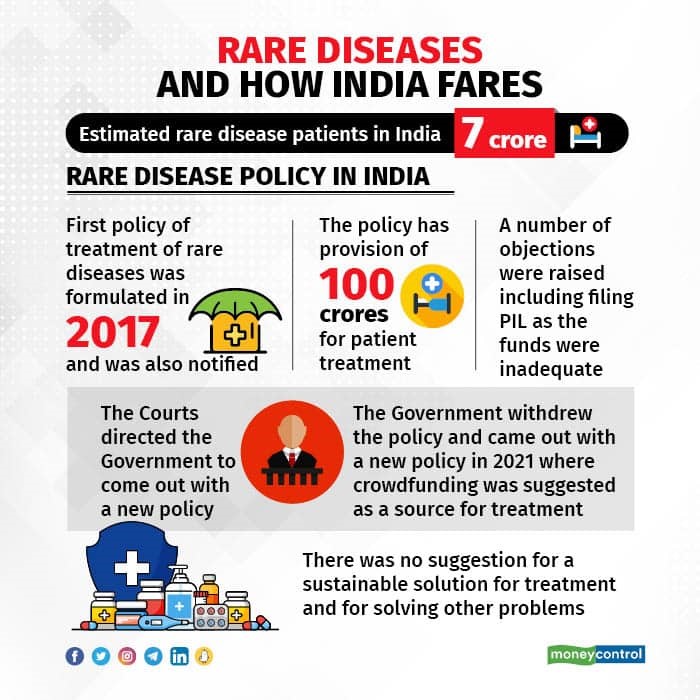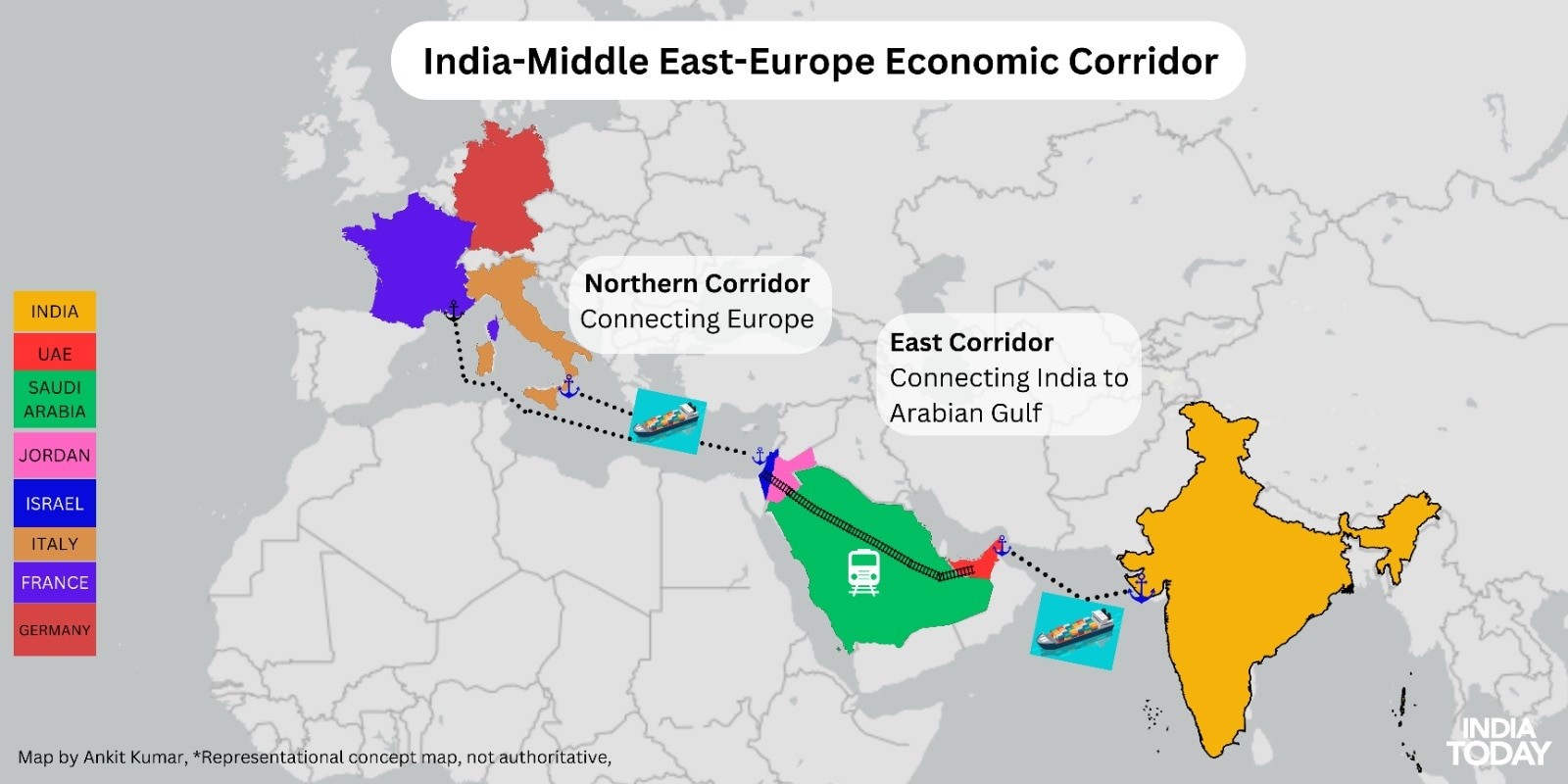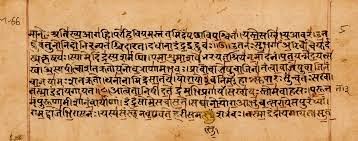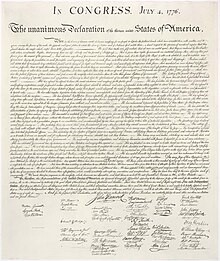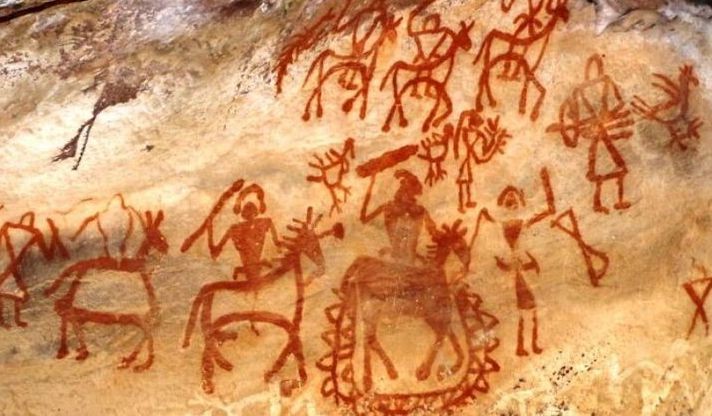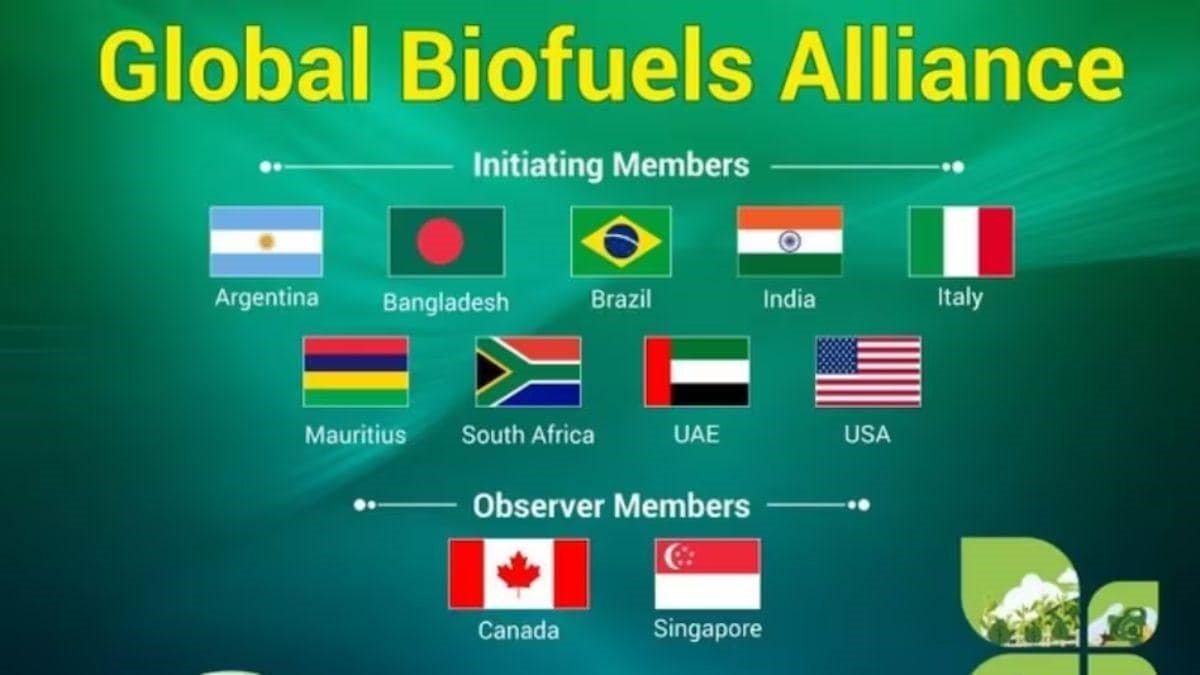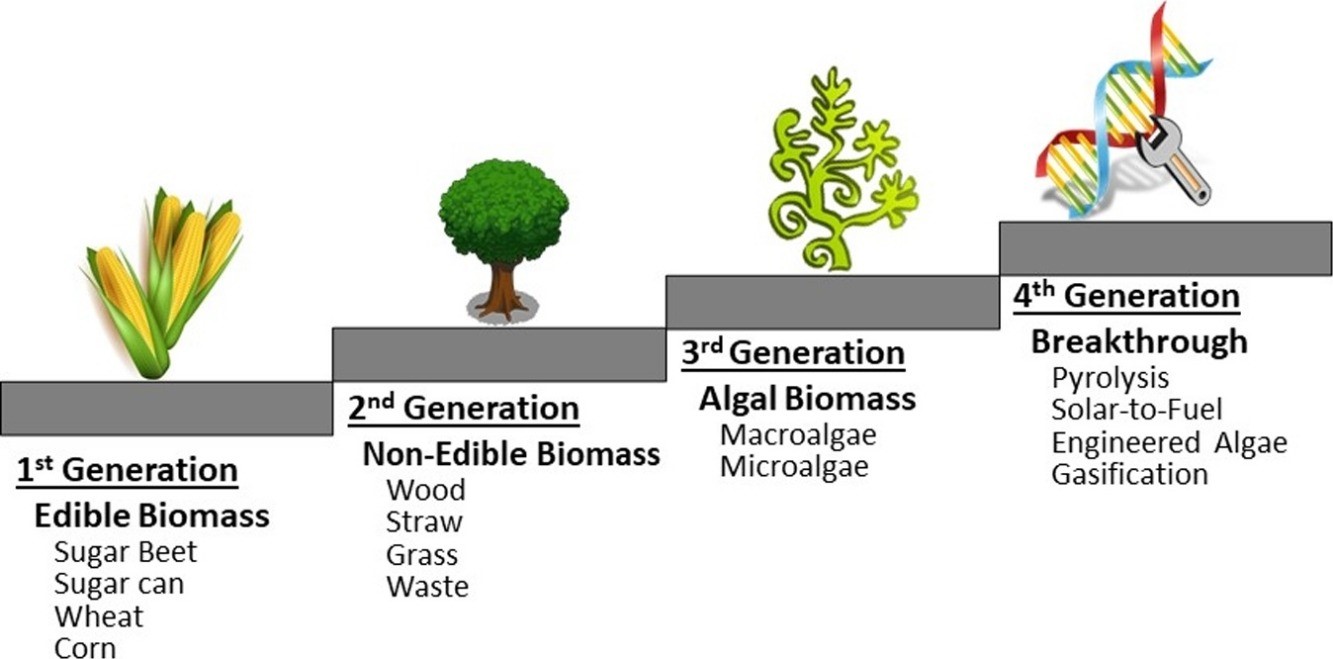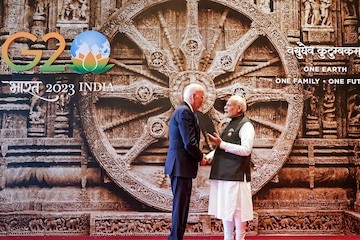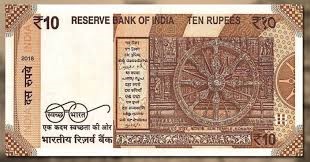Topics:
- New Delhi Declaration in G-20 summit
- Vidya Sameeksha Kendras (VSKs) for the management of education Data
- BNS 2023 on False promises of Marriage
- Orphan Diseases
- India Middle East Europe Economic Corridor
- Artefacts at Bharat Mandapam Cultural corridor
- Global Biofuel Alliance
- Konark Temple Wheel
New Delhi Declaration in G-20 Summit
Context
- During the G20 Summit in New Delhi, leaders from participating nations unanimously endorsed and adopted the New Delhi Declaration.
- This significant declaration outlines a series of substantial commitments and agreements on various global issues.
The following are the key highlights from the G20 New Delhi Leaders’ Declaration:
- Resolution of Conflicts
- Emphasizing the significance of peace, G20 countries call upon all nations to uphold the principles of international law, including territorial integrity and sovereignty.
- Expressing deep concern about the human suffering and detrimental consequences of global conflicts, with particular attention to the conflict in Ukraine.
- Reiterating the imperative for all states to adhere to the Purposes and Principles of the UN Charter, refraining from using force to acquire territory.
- Declaring the inadmissibility of using or threatening to use nuclear weapons.
- Countering Terrorism and Financial Crimes
- Condemning terrorism in all its forms, including terrorism rooted in xenophobia, racism, intolerance, or religious extremism.
- Advocating a comprehensive approach based on international law to effectively combat terrorism, with a focus on enhancing international collaboration to deprive terrorist organizations of safe havens, operational freedom, and financial support.
- Addressing concerns related to illicit trafficking and diversion of small arms and light weapons, emphasizing the importance of international cooperation among states to combat these issues.
- Committing to support the resource requirements of the Financial Action Task Force (FATF) and FATF Style Regional Bodies in their efforts to combat money laundering and terrorist financing.
- Economy and Climate
- Urging for robust, sustainable, and inclusive economic growth in response to the uneven post-pandemic recovery.
- Recognizing the substantial financial investments needed for countries to meet their climate goals and invest in clean energy technologies.
- Encouraging reforms of international financial institutions and initiatives to manage debt vulnerabilities in low and middle-income countries.
- Initiating the exchange of tax-related information on crypto assets by 2027.
- Calling for an accelerated phase-out of unabated coal power and the elimination of inefficient fossil fuel subsidies.
- Highlighting the need for well-calibrated monetary, fiscal, financial, and structural policies to promote economic growth, reduce inequalities, and maintain macroeconomic and financial stability.
- Global Growth
- Reaffirming the necessity for coordinated monetary, fiscal, financial, and structural policies to foster growth, diminish inequalities, and ensure macroeconomic and financial stability.
- Stressing the commitment of central banks to achieve price stability in alignment with their respective mandates.
- Welcoming initiatives by the Financial Stability Board (FSB), Standard Setting Bodies (SSBs), and jurisdictions to draw lessons from recent banking turbulence.
- Multilateral Development Banks
- Highlighting the importance of enhancing the effectiveness of multilateral development banks (MDBs).
- Encouraging financial institutions to leverage private capital through innovative financing models and partnerships to maximize development impact.
- Endorsing the roadmap for implementing the recommendations of the G20 Independent Review of MDBs’ Capital Adequacy Frameworks (CAFs).
- Cross-border Payments
- Reaffirming the commitment to achieving global targets for faster, cheaper, and more transparent cross-border payments by 2027.
- Welcoming discussions on the potential macro-financial implications of Central Bank Digital Currencies (CBDCs), particularly concerning cross-border payments and the international monetary and financial system.
- Education
- Recognizing the importance of investing in human capital development and leveraging digital technologies to bridge educational gaps.
- Promoting open, equitable, and secure scientific collaboration and mobility of students, scholars, researchers, and scientists.
- Emphasizing the need for inclusive, equitable, high-quality education and skills training, with foundational learning as a fundamental building block.
- Agriculture
- Addressing rising commodity prices and their contribution to the cost-of-living pressures.
- Committing to facilitating open, fair, predictable, and rules-based trade in agriculture, food, and fertilizers, in alignment with relevant WTO rules.
- Emphasizing support for developing countries in addressing food security challenges, in accordance with the G20 Deccan High-Level Principles on Food Security and Nutrition 2023.
- Religion
- Strongly condemning acts of religious hatred against individuals, religious symbols, and holy books.
- Promoting respect for religious and cultural diversity, dialogue, and tolerance.
- Recognizing the interdependence of freedom of religion or belief, freedom of opinion or expression, peaceful assembly, and freedom of association as a means to combat intolerance and discrimination based on religion or belief.
- Combating Corruption
- Reaffirming the commitment to zero tolerance for corruption.
- Urging stronger international cooperation and information sharing in the fight against corruption.
- Calling for strengthened mechanisms for asset recovery in the battle against corruption.
Conclusion
In essence, the New Delhi Declaration stands as evidence of the collaborative efforts of G20 member nations in addressing global challenges and working toward a more prosperous, peaceful, and sustainable world.
BNS 2023 ON FALSE PROMISES OF MARRIAGE
Context:
The Bharatiya Nyaya Sanhita (BNS) of 2023 is designed to tackle a specific problem concerning sexual relationships rooted in deceptive promises of marriage. Within this bill, Section 69 brings about substantial alterations to address this issue.
Section 69 of the BNS – Sexual Intercourse under False Marriage Promises
- Establishment of Two Offenses: Section 69, housed within Chapter 5 of the BNS titled “Offenses against Women and Children,” outlines ‘sexual intercourse involving deceitful means, etc.’ and encompasses two transgressions: one involving deceptive means and the other centering on a ‘false commitment to marriage.’
- Deceptive Means: The initial violation encompasses the use of deceitful tactics, such as falsely promising employment, advancement, or marriage, with the intention to manipulate individuals into engaging in sexual relations. Those employing such means could potentially face sentences of up to ten years of imprisonment.
- False Marriage Promises: The second violation concerns the act of making a fraudulent promise to marry a woman with the intention of subsequently breaking that promise solely to gain her consent and exploit her sexually. This offense is also subject to a penalty of up to ten years of imprisonment.
Rationale Behind Introducing Section 69
- Historical Background: Prior to the introduction of this specific provision, instances of sexual intercourse based on false marriage promises were dealt with using other sections of criminal law, leading to ambiguity.
- Prevalence of Cases: Cases involving sex under the guise of a “false promise of marriage” had become increasingly common, with victims often struggling to seek legal recourse effectively.
- Legal Ambiguity: The existing legal framework failed to clearly distinguish between a ‘false promise’ and a ‘breach’ of a promise to marry, resulting in complexities when determining consent and intention.
Handling of ‘False Marriage Promise’ Cases by the Courts
- Judicial Interpretation: Courts traditionally relied on existing laws such as Sections 375 and 90 of the Indian Penal Code (IPC) to address such cases.
- Assessment of Consent: Section 375 defines consent as an unambiguous voluntary agreement, and Section 90 considers consent given under a “misconception of fact.” Courts examined cases based on these provisions.
- Differentiation: Courts made a distinction between a ‘false promise’ made with the intent to deceive and a ‘breach’ of a promise made in good faith but not fulfilled.
- Landmark Judgments: The Supreme Court’s ruling in ‘Pramod Suryabhan Pawar vs. State of Maharashtra’ (2019) emphasized the importance of the promise-maker’s intent to deceive. Another notable case, ‘Dileep Singh vs. State of Bihar,’ underscored the necessity of establishing the absence of intent to marry for the offense to be considered rape.
Implications and Criticisms of Section 69
- Promotion of Endogamy: Critics argue that Section 69 might inadvertently encourage endogamy by shifting the focus away from actual harm and abuse, placing undue emphasis on the man’s intent to marry, thereby disregarding the complex social context of such relationships.
- Ambiguity and Discretion: Detractors of the Bill raise concerns about its vague and discretionary nature, which could perpetuate uncertainty and reliance on gender norms, potentially leading to the re-victimization of women.
- Cyclical Consequences: While the Bill outlines the penalties for the crime, it may inadvertently overlook the harm endured by women, potentially perpetuating a cycle where justice remains elusive.
Conclusion
Section 69 of the proposed BNS of 2023 addresses a critical issue surrounding sexual relationships built on fraudulent promises of marriage.
However, it is imperative that the implementation and interpretation of the Bill are subject to careful scrutiny to ensure that justice is served without perpetuating harmful gender norms or societal biases, as exemplified by crucial court decisions in related cases.
Vidya Sameeksha Kendras (VSKs) for the management of education Data
Key Aspects of VSKs:
- Comprehensive Data: VSKs will aggregate data from a wide array of educational programs, including:
- PM-POSHAN mid-day meal programs
- Teacher training records from the National Initiative for School Heads’ and Teachers’ Holistic Advancement portal
- Textbook content sourced from Digital Infrastructure for Knowledge Sharing
- School dropout and attendance data through the Unified District Information System for Education (UDISE+)
- Students’ learning outcomes from the National Achievement Survey
- Performance Grading Index evaluations of state-level school education systems.
- Central and State-Level Centers: VSK operations at the central level are based in the Central Institute of Educational Technology building within the National Council for Educational Research and Training (NCERT) campus. These operations are managed by Ernst and Young, a multinational IT company.
- Advisory Role: The EkStep Foundation, a non-profit organization co-founded by Nandan Nilekani, former Chairman of the Unique Identification Authority of India (UIDAI), provides advisory support for the implementation of the VSK project.
- Transition to Automation: While data entry currently relies on manual processes and is available for download in Excel format, there are plans to shift to automation through Application Programming Interface (API) integration. This transition will enable seamless communication and data integration across various platforms at the central, state, and district levels.
State-Level Initiatives
Funding Allocation: The central government has allocated funds ranging from ₹2 to ₹5 crore to each state for the establishment of VSKs. These funds cover pre-configured open-source hardware and software, as well as human resources.
States in Action: Several states, including Gujarat, Maharashtra, Odisha, and Jharkhand, have already initiated the setup of these technological platforms.
Advantages of VSKs:
Data Correlation and Analysis: The primary objective of VSKs is to facilitate data analytics through correlation. By leveraging data from numerous educational programs, VSKs aim to extract meaningful insights by connecting various data points.
Illustrative Scenarios:
- Attendance Patterns: Analyzing attendance data in conjunction with student dropout rates to identify potential correlations.
- Impact of Mid-Day Meals: Investigating whether consistent provision of mid-day meals in specific regions results in increased school attendance.
- Tracking Student Improvement: Monitoring students’ progress over time using data from weekly tests to tailor educational support.
- Mapping Gross Access Ratios: VSKs will simplify the process of mapping school locations with population data to assess the Gross Access Ratio. This information can guide the establishment of new schools, assist industry clusters in understanding skill requirements, and support higher education planning based on demand and future projections.
Source: https://www.ndear.gov.in/vidya-sameeksha-kendra.html
ORPHAN DISEASES
Context:
- Health discussions often revolve around common conditions, like diabetes, affecting a significant portion of the population.
- Nonetheless, within the realm of well-known health concerns, there exists a category of rare or orphan diseases.
- Despite their infrequency, these conditions can have profoundly devastating effects on patients and their families.
Understanding Orphan Diseases:
Rare diseases, often referred to as orphan diseases, are characterized by their low prevalence rate, typically impacting one person in a population of 10,000.
Challenges Faced:
- Diagnostic Complexity: Diagnosing rare diseases poses a considerable challenge, especially for young medical practitioners who may lack exposure to such cases. The rarity of these conditions means that many healthcare professionals may not have encountered them during their training.
- Research Deficiency: Historically, the limited prevalence of these diseases has resulted in inadequate research efforts. With fewer cases to study, there has been a lack of scientific understanding and effective treatments for many rare diseases.
- High Treatment Costs: While medical research has advanced and led to therapies for some rare diseases, the associated treatment costs are often prohibitively high. In the context of India, these expenses can range from Rs. 1 million to Rs. 20 million per year, rendering them unaffordable for many.
Efforts and Progress in India:
- Increasing Awareness: Greater awareness of rare diseases and advancements in genomic technologies for diagnosis have begun to address these challenges. As awareness spreads, more cases are being identified and correctly diagnosed.
- Regulatory Incentives: Several countries, including India, have introduced regulatory incentives to encourage pharmaceutical companies to invest in research and development for neglected diseases. This has led to increased interest in orphan drugs.
- Patient-Driven Initiatives: Patient groups and organizations in India are actively contributing to rare disease research and treatment. A notable example is the Dystrophy Annihilation Research Trust (DART), conducting clinical trials for Duchenne’s muscular dystrophy.
- Government Initiatives: The government’s National Policy for the Treatment of Rare Diseases is gradually making an impact. It aims to address rare diseases prevalent in India, such as cystic fibrosis, hemophilia, lysosomal storage disorders, and sickle-cell anemia.
Taking Lessons from Leprosy:
- Incidence Reduction: Leprosy, once prevalent in India, is now considered a rare disease due to successful efforts in reducing its incidence.
- Research Benefits: Research on orphan diseases like leprosy can yield broader societal benefits. For instance, studies on synthetic antibiotics have shown the potential to curb the spread of leprosy to household relatives.
- Government Goals: Research findings may contribute to achieving the government’s objective of making India leprosy-free by 2027.
Conclusion:
Rare diseases present unique healthcare challenges that have been long overlooked. However, recent progress in diagnosis, research, and patient-driven initiatives is gradually improving the landscape for rare disease patients in India.
As awareness continues to grow and regulatory support persists, there is hope for enhanced diagnosis, more treatment options, and increased affordability, ultimately improving the lives of those affected by these conditions.
India Middle East Europe Economic Corridor
Context:
The recent announcement made by the Prime Minister during the G20 Leaders’ Summit, concerning the India-Middle East-Europe Economic Corridor, represents an ambitious endeavor aimed at enhancing both physical and digital connectivity across a vast region of the Eurasian subcontinent.
- India-Middle East-Europe Economic Corridor: The India-Middle East-Europe Economic Corridor seeks to establish connectivity between India, West Asia, and Europe by leveraging railway networks and shipping routes.
- This collaborative project was jointly introduced by Prime Minister Modi, President Biden of the United States, Saudi Arabia’s Crown Prince Mohammed bin Salman Al Saud, and Ursula von der Leyen, President of the European Commission, at the G20 Summit in New Delhi.
Key Highlights of the Project:
- Scope and Ideology: This initiative, jointly championed by the United States and India, encompasses connectivity and infrastructure development spanning across India, Saudi Arabia, the UAE, Jordan, Israel, and the European Union. It is presented as a sustainable alternative to existing global connectivity initiatives.
- Extension to PGII: Additionally, this project is part of the broader Partnership for Global Infrastructure Investment (PGII), introduced by the G7 countries to offer a sustainable alternative to China’s Belt and Road Initiative (BRI) while addressing global infrastructure needs.
- Congestion Mitigation: The corridor has the potential to offer a more efficient route for cargo ships by potentially bypassing the congested Suez Canal.
- Trade and Economic Integration: The Memorandum of Understanding (MoU) signed by India, the United States, the UAE, Saudi Arabia, France, Germany, Italy, and the European Union Commission underscores the project’s commitment to enhancing connectivity, logistics, clean energy production, and economic cooperation.
- Historical Significance: European Commission Chief Ursula von der Leyen has described the corridor as “historic” and has expressed enthusiasm about its potential.
Need for Such a Project:
- Transformative Infrastructure: This project envisions the development of a railway line across the Arabian Peninsula, facilitating rail and shipping connectivity between India and Europe. Future expansions could include energy pipelines and optical fiber links.
- Geopolitical Shifts: The initiative reflects emerging geopolitical trends, including increased collaboration between India and the United States in the Middle East, efforts to overcome Pakistan’s objections, and evolving relations with Iran.
- Deepening Arabian Engagement: The corridor offers an opportunity to strengthen India’s strategic ties with the Arabian Peninsula, particularly with the United Arab Emirates and Saudi Arabia.
- Historical Perspective: This project revitalizes India’s historical role as a connector between Arabia and Europe.
- Promoting Intra-regional Connectivity: The corridor aims to reduce tensions in the Arabian Peninsula by fostering intra-regional connectivity, contributing to the concept of “Infrastructure for peace.”
- Alternative to BRI: Positioned as an alternative to China’s Belt and Road Initiative, the success of this corridor will depend on the speed and sustainability of its implementation, both in financial and ecological terms.
- European Engagement: The European Union’s involvement in the project establishes it as a major stakeholder, enhancing India’s integration with Arabia and Europe.
- Trans-African Corridor: India’s increasing engagement with Africa aligns with the plans of the United States and the European Union to create a Trans-African corridor, opening avenues for future collaboration.
Challenges and Uncertainties:
- Official timelines for project completion and details regarding funding remain undisclosed.
- Clarity on the project’s alignment and the utilization of existing railway and port infrastructure in West Asia is eagerly awaited.
Global Implications:
- This initiative aligns with the United States-led efforts to expand the Partnership for Global Infrastructure Investment (PGII) and address infrastructure financing needs in low- and middle-income countries.
The project offers an alternative to China’s Belt and Road Initiative and has the potential to significantly strengthen connectivity between India and the Middle East.
Artefacts at Bharat Mandapam Cultural corridor
Context:
The G20 venue’s corridor featured an array of cultural artifacts hailing from the member countries, offering a diverse representation of global heritage. Some notable items showcased in the corridor included:
- Manuscripts of the Rig Veda:
- Origin: India
- Era: Ancient
- Description: These ancient manuscripts contain the sacred text of the Rig Veda, one of Hinduism’s oldest scriptures.
Significance: They stand as a testament to India’s profound religious and cultural legacy.
2. An anamorphic digital representation of the Mona Lisa:
- Origin: France
- Era: 16th century (original painting)
- Description: This digital adaptation brings to life Leonardo da Vinci’s renowned masterpiece, the Mona Lisa.
- Significance: It celebrates the enduring artistic heritage of France.
3. A rare copy of the Magna Carta from the United Kingdom
- Origin: United Kingdom
- Era: 1215 (document)
- Description: An authentic copy of the historic Magna Carta, signed in 1215, emphasizing fundamental rights and liberties.
- Significance: It symbolizes the United Kingdom’s pivotal role in the development of constitutional law.
4. Certified original copies of the U.S. Charters of Freedom
- Origin: United States
- Era: 18th century (documents)
- Description: These original documents include the Declaration of Independence, Constitution, and Bill of Rights.
- Significance: They highlight the foundational principles of democracy and freedom in the United States.
5. Panini’s linguistic treatise “Ashtadhyayi” from India
- Origin: India
- Era: Around 500 BCE (text)
- Description: Panini’s Ashtadhyayi is a scholarly text elucidating the structure and rules of Sanskrit.
- Significance: It reflects India’s rich linguistic heritage and ancient scholarly contributions.
6. Digital representations of Bhimbhetka cave paintings from Madhya Pradesh, India:
- Origin: India
- Era: Prehistoric
- Description: These digital renderings capture the ancient cave paintings of Bhimbhetka in Madhya Pradesh, India.
- Significance: They depict India’s prehistoric artistic expressions and cultural abundance.
7. The Gutenberg Bible
- Origin: Germany
- Era: 15th century
- Description: This Bible is renowned as the earliest book printed in Mainz, Germany, in 1455, using movable type.
- Significance: It marks a pivotal moment in the history of printing and is a cherished cultural treasure.
8. The Abrahamic Family House:
– Origin: United Arab Emirates
– Era: Modern
– Description: Situated on Abu Dhabi’s Saadiyat Island, this interfaith complex promotes religious harmony.
– Significance: It exemplifies the UAE’s commitment to fostering interfaith dialogue and tolerance.
9. Kosode
- Origin: Japan
- Era: Pre-modern (precise time varies)
- Description: The Kosode, a short-sleeved garment, serves as a precursor to the Kimono and embodies Japan’s traditional clothing heritage.
- Significance: It showcases Japan’s rich textile and fashion traditions.
10. Fahua-lidded jar:
– Origin: Ming dynasty (1368-1644)
Global Biofuel Alliance
Context:
During the G-20 Summit, an initiative known as the Global Biofuels Alliance was unveiled, with the participation of world leaders such as Prime Minister Narendra Modi, President Joe Biden, former President Luiz Inácio Lula da Silva of Brazil, Prime Minister Sheikh Hasina of Bangladesh, and Prime Minister Giorgia Meloni of Italy.
Launch at G-20 Summit: The Global Biofuels Alliance made its debut at the G-20 Summit, emphasizing the stable supply, affordability, and sustainability of biofuels.
Focus on Addressing Climate Change: This endeavor is aligned with the global commitment to combat climate change and fulfill climate-related obligations, with prominent support from leaders like Prime Minister Narendra Modi and President Joe Biden.
Renewable Energy Source: Biofuels represent a form of renewable energy derived from organic materials, contributing significantly to the transition toward sustainable energy sources.
Promotion of Global Collaboration: The Alliance actively advocates for international cooperation, the strengthening of biofuel markets, and the provision of technical assistance for biofuel initiatives across the globe.
India’s Pioneering Initiative: India’s proposal underlines the acceleration of biofuel deployment, consonant with the country’s objectives to reduce oil imports and attain carbon neutrality by 2070.
Crucial Role in Energy Transition: This initiative assumes a pivotal role in advancing alternative fuel options and mitigating global carbon emissions.
Biofuels Overview:
- Chemical Composition: Biofuels are comprised of hydrocarbons sourced from living organisms.
- Variability in Feedstock: The properties of biofuels differ depending on the source material, such as biodiesel derived from vegetable oil.
- Biochemical Production: Biofuels are produced through processes like fermentation or transesterification.
- Carbon Neutrality: Biofuels achieve carbon neutrality by offsetting CO2 emissions through the absorption of carbon by feedstock.
- Energy Density: Biofuels have a lower energy density compared to fossil fuels, impacting overall performance.
- Blending Ratios: Biofuels are often mixed with traditional fuels to manage emissions.
- Octane and Cetane Ratings: These ratings affect engine performance and efficiency when using biofuels.
- Cold Weather Properties: Biofuels may exhibit gelling issues in cold temperatures, necessitating the use of additives.
- Water Content: Due to their hygroscopic nature, biofuels require careful control of water content.
- Sustainable Sourcing of Feedstock: Responsible sourcing of feedstock is essential to minimize environmental impact.
- Engine Compatibility: Some engines may require modifications to run efficiently on biofuels.
- Biodegradability: Biofuels are biodegradable, contributing to reduced environmental impact.
Emissions Reduction: Biofuels offer a lower carbon footprint compared to fossil fuels, making them a sustainable choice for energy consumption.
KONARK TEMPLE WHEEL
Konark Temple Wheel:
- A reproduction of the Konark Wheel, originally from the Sun Temple in Odisha, served as the backdrop for the Prime Minister’s reception during the G20 Summit.
- This remarkable wheel was crafted during the 13th century under the reign of King Narasimhadeva-I.
- Comprising 24 spokes, this wheel is a powerful symbol representing India’s profound wisdom, rich civilization, and continuous progress.
Konark Sun Temple:
- Situated along India’s eastern coastline, the Konark Sun Temple stands as a pinnacle of Kalingan temple architecture.
- It achieved UNESCO World Heritage Site status in 1984, acknowledging its historical and architectural significance.
- The name “Konark” originates from the words “Kona” (corner) and “arka” (sun), emphasizing its dedication to the sun god.
This temple follows the distinctive Kalinga or Orissa style of Hindu temple architecture.

